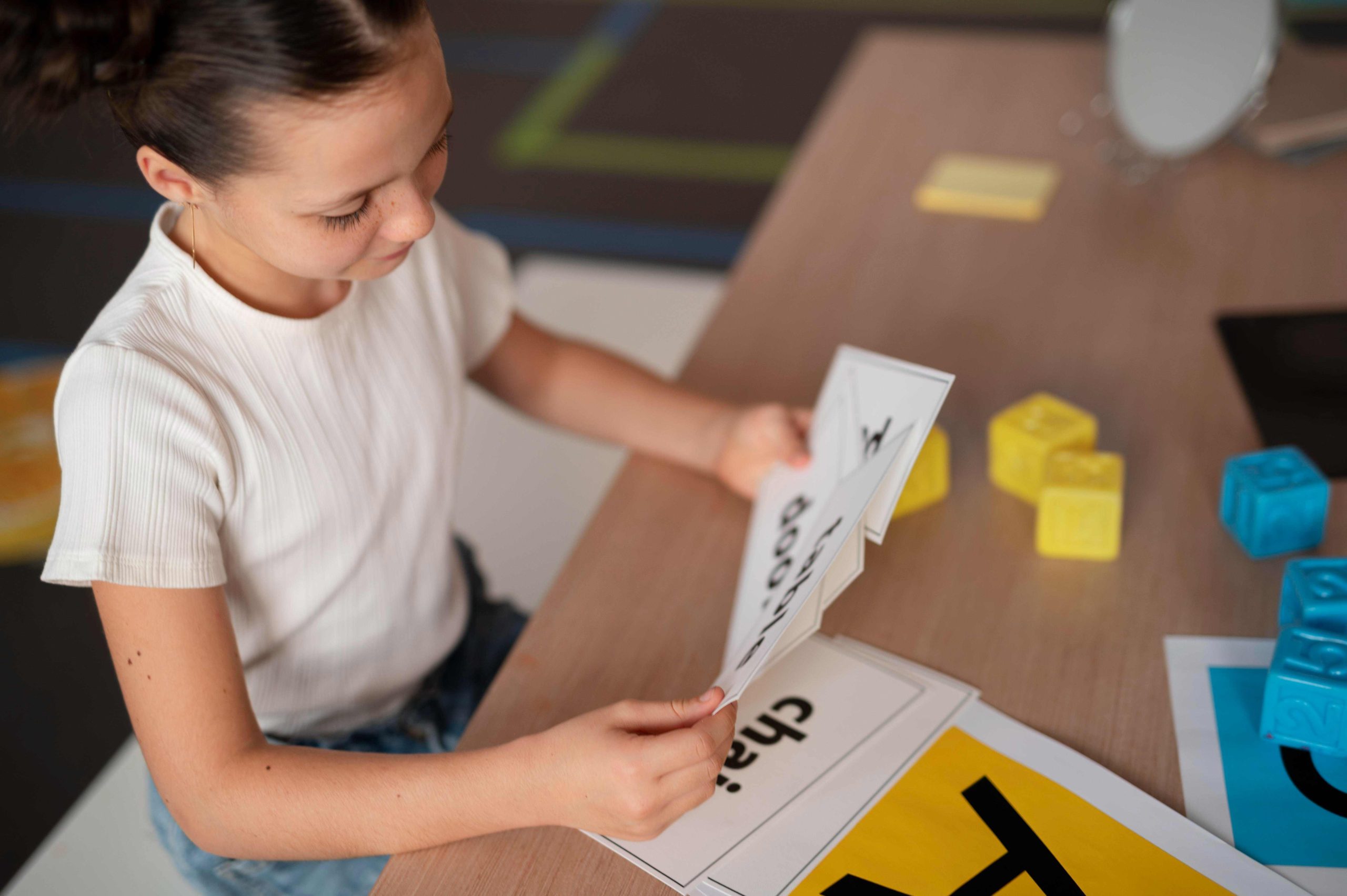
Designing Effective Preschool Lesson Plans: Strategies and Techniques
Designing a preschool lesson plan can be a daunting task for any teacher or educator. Preschoolers have a unique set of needs and developmental milestones that must be taken into account when designing a curriculum. In order to create effective and engaging preschool lesson plans, teachers need to incorporate a range of instructive learning exercises that focus on developing key skills, promoting creativity, and fostering social-emotional growth. In this article, we will explore some of the essential components of a successful preschool lesson plan and discuss some effective strategies and techniques for creating engaging, instructive learning experiences for preschoolers.Understanding Preschooler Developmental Milestones
Before we dive into designing preschool lesson plans, it is essential to understand the developmental milestones that preschoolers typically reach. By understanding the key areas of development, teachers can tailor their curriculum to meet the unique needs and abilities of each preschooler. The following are some critical developmental milestones to consider:1. Physical Development
Preschoolers are learning to control their movements, develop fine motor skills, and become more coordinated.2. Cognitive Development
Preschoolers are curious and inquisitive, learning about the world around them, developing critical thinking skills, and beginning to form memories.3. Language Development
Preschoolers are developing their language skills, building their vocabulary, and beginning to form sentences and express ideas.4. Social-Emotional Development
Preschoolers are learning to navigate social situations, form friendships, and regulate their emotions.Essential Components of a Preschool Lesson Plan
Now that we understand the developmental milestones that preschoolers typically reach, we can begin to design our preschool lesson plans. The following are some essential components of a successful preschool lesson plan:1. Objectives
Clearly define the learning objectives for each lesson, outlining the key skills and concepts that will be covered.2. Materials and Resources
Gather all the necessary materials and resources needed for each lesson, such as books, craft supplies, or educational toys.3. Instructional Strategies
Choose the appropriate instructional strategies to meet the learning objectives of each lesson, such as direct instruction, guided practice, or independent exploration.4. Assessment
Develop appropriate assessments to measure preschoolers’ progress and understanding, such as observations, quizzes, or hands-on activities.Strategies for Engaging Preschoolers in Learning
Designing a preschool lesson plan is only half the battle; the other half is engaging preschoolers in learning. The following are some effective strategies for engaging preschoolers in learning:1. Hands-on Activities
Preschoolers learn best through hands-on, experiential activities that allow them to explore and experiment with the world around them.2. Interactive Learning
Incorporate interactive learning experiences, such as games, songs, or role-playing, to keep preschoolers engaged and interested in the lesson.3. Multi-sensory Learning
Engage all of preschoolers’ senses in the learning process by incorporating visual aids, music, and movement into each lesson.4. Play-Based Learning
Preschoolers learn best through play, so incorporate play-based learning experiences into each lesson, such as block building, painting, or dramatic play.Instructive Learning Exercises for Preschoolers
Now that we understand the essential components of a preschool lesson plan and some effective strategies for engaging preschoolers in learning, let’s explore some instructive learning exercises that can be incorporated into each lesson:1. Storytelling and Reading
Reading aloud to preschoolers promotes language development, fosters a love of reading, and encourages critical thinking skills.2. Art and Craft Activities
Art and craft activities promote creativity, fine motor skills, and visual-spatial reasoning.3. Science Experiments
Science experiments promote curiosity, critical thinking skills, and problem-solving.4. Music and Movement
Music and movement activities promote gross motor skills, rhythm, coordination, and social-emotional development.5. Dramatic Play
Dramatic play allows preschoolers to use their imaginations, develop social skills, and explore different roles and perspectives.6. Building and Construction
Building and construction activities promote spatial reasoning, problem-solving skills, and creativity.7. Games and Puzzles
Games and puzzles promote critical thinking skills, problem-solving skills, and social-emotional development.Tailoring Lesson Plans to Meet Individual Needs
It’s important to remember that every preschooler is unique, and lesson plans should be tailored to meet individual needs. Teachers should be flexible and willing to adapt their lesson plans to accommodate the diverse needs and abilities of each preschooler. The following are some strategies for tailoring lesson plans to meet individual needs:1. Differentiated Instruction
Use differentiated instruction to meet the individual needs of each preschooler, such as providing additional support for those who need it or challenging those who are ready for more advanced work.2. Individualized Learning Plans
Develop individualized learning plans for preschoolers who require additional support, outlining specific goals and objectives, as well as strategies for achieving those goals.3. Personalized Feedback
Provide personalized feedback to each preschooler, focusing on their strengths and areas for growth, and offering suggestions for improvement.

